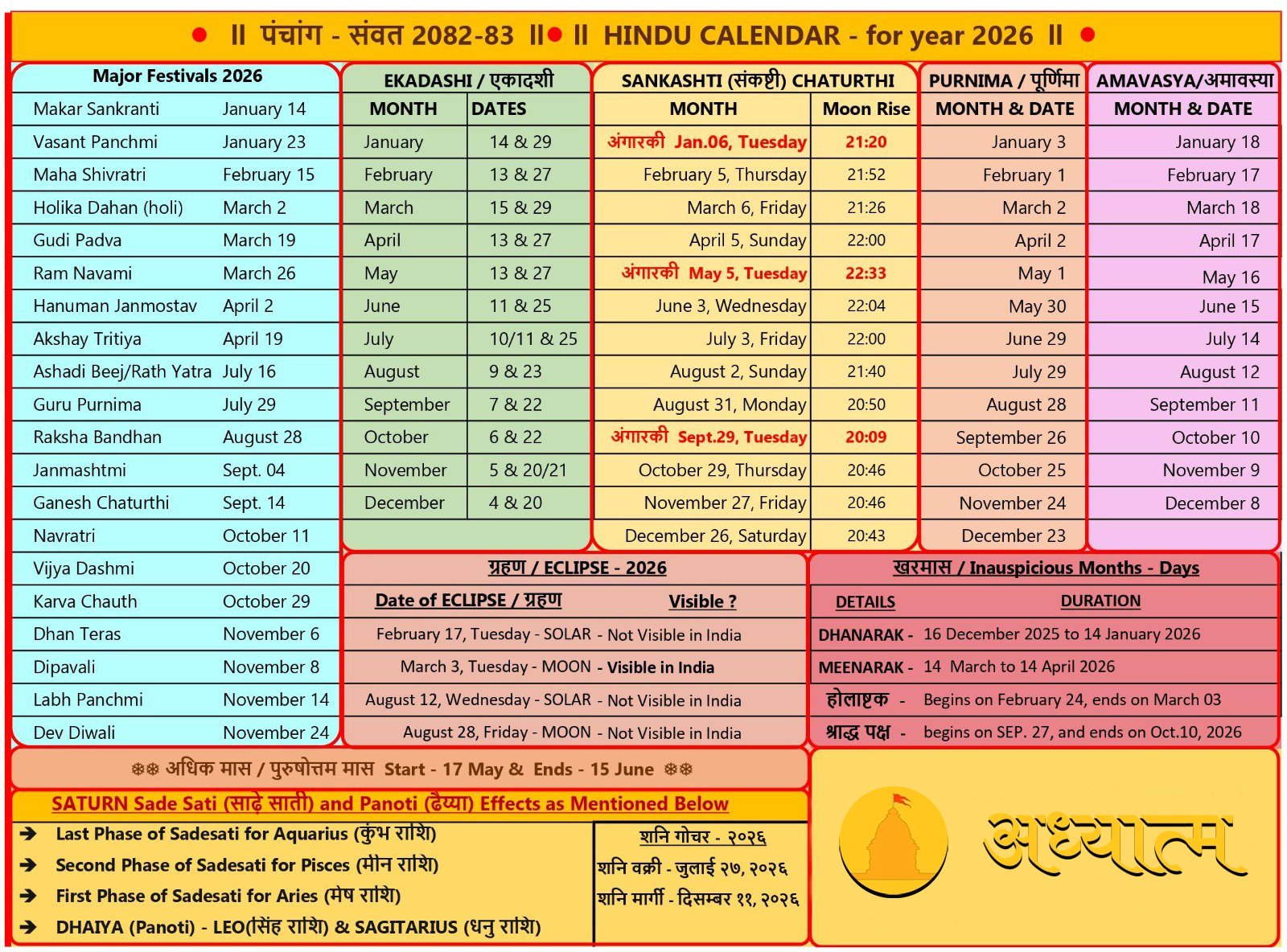Varahi/Sri Varahi Devi Shakthi Peeth Temple
Sri Varahi Devi Shakthi Peeth Temple, Uttarakhand
Address
Sri Varahi Devi Temple, Lohaghat, Champawat district Uttarakhand 249193 India.
Diety
Shakti: Varahi Bhairava: Maharudra Body part or ornament: Lower teeth
Introduction
The “Varahi Temple” is located 60 km from the city
of in the state of Uttarakhand. The temple of Shaktipeeth Maa Varahi, also known as Devidhura, is situated at an elevation of about 1850 meters (about five thousand feet) above sea level. The “Maa Varahi ka Mandir” settled in Devidhura is considered to be one of the 51 Peethas. Maa Varahi Dham is a center of unwavering faith located in Devidhura of Pati development block adjoining Nainital district of Uttarakhand. In the Ashadhi Sawan Shukla Paksha, there is a Bagwal (stone war) between Gahadwal, Chamyal, Valik and Lamgadia Kham. The Varahi Devi Temple at Devidhura is a sacred and holy place for the worshipers and devotees of Shakti.
Puranic Significance
During the reign of the Chand kings, Champa Devi and Lalat Jihwa Mahakali were established in this Siddha Peeth. Then Mahakali, the Mahakali with a red tongue, and Fartilo were offered regular sacrifices every year in turn. It is said that the statue of Varahi was installed in a building in the middle of a dense forest by the Katyuri kings at the time of the invasion of the Ruhels. Gradually villages were established around it and this temple became the center of people’s faith. It is also said that Bhima threw stones in the game at the end of the hill. (Two of these huge granite rocks are still present near the temple. One of which is called Ram Shila, the symbol of gambling called ‘Pachisi’ still exists in this place. According to Janashruti, the Pandavas had gambled here. There are also hand marks on the second stone near the same. ANOTHER STORY OF SATI: In Hindu mythology, the son of Brahma, King Prajapati Daksha had a daughter named Sati. Princess Sati grew up adoring the legends and tales of Shiva, and when finally her age of getting married came, she knew it was only the ascetic Lord Shiva of Kailash where her heart and soul resided. Soon enough, Daksha’s daughter left her father’s luxuries and palace and began her meditation to win Shiva’s heart. She performed intense penance in dense forests and renounced food completely. When she finally pleased Shiva through her austerities, the lord of Kailash appeared in front of her and agreed to marry her. The legend goes that Sati and Shiva were happy in their marital bliss, but their marriage had not gone down too well with King Daksha, who considered ascetic Shiva nothing short of an uncouth lad who lives a hermit’s life not worthy of his daughter. So when Daksha organized a great yajna, he invited all the deities, gods and sages–but consciously excluded his son-in-law Shiva to insult him. Hurt by her father’s decision, Sati decided to visit her father and demand the reason for not inviting them. When she entered Daksha’s palace, she was bombarded with insults directed towards the Shiva. Haughty and proud King Prajapati Daksha called him all sorts of names right from a dishevelled god who hung out in graveyard to the supposed ‘lord of the beasts’. Unable to bear anything against her husband, a devastated Goddess Sati threw herself in the glowing scared fire of yajna. When Shiva’s attendants informed him about the demise of his wife, he grew enraged and created Veerbhadra from a lock of his hair. Veerbhadra created havoc in Daksha’s palace and killed him. Meanwhile, mourning his beloved soulmate’s death, Shiva tenderly held Sati’s body and started his dance of destruction (taandav). To save the universe and bring back Shiva’s sanity, Lord Vishnu cut Sati’s lifeless body using Sudharshan Chakra into 51 pieces.
Beliefs
There is a belief about Maa Varahi Devi that no person can see the idol with open eyes, because the sharpness of the idol causes the eyes to lose its light. That is why the “idol of the Goddess” is kept in the Tamrapatika.
Festivals
Navaratri or Durga Puja, Diwali are other famous festivals celebrated
Century/Period/Age
1000 years old














